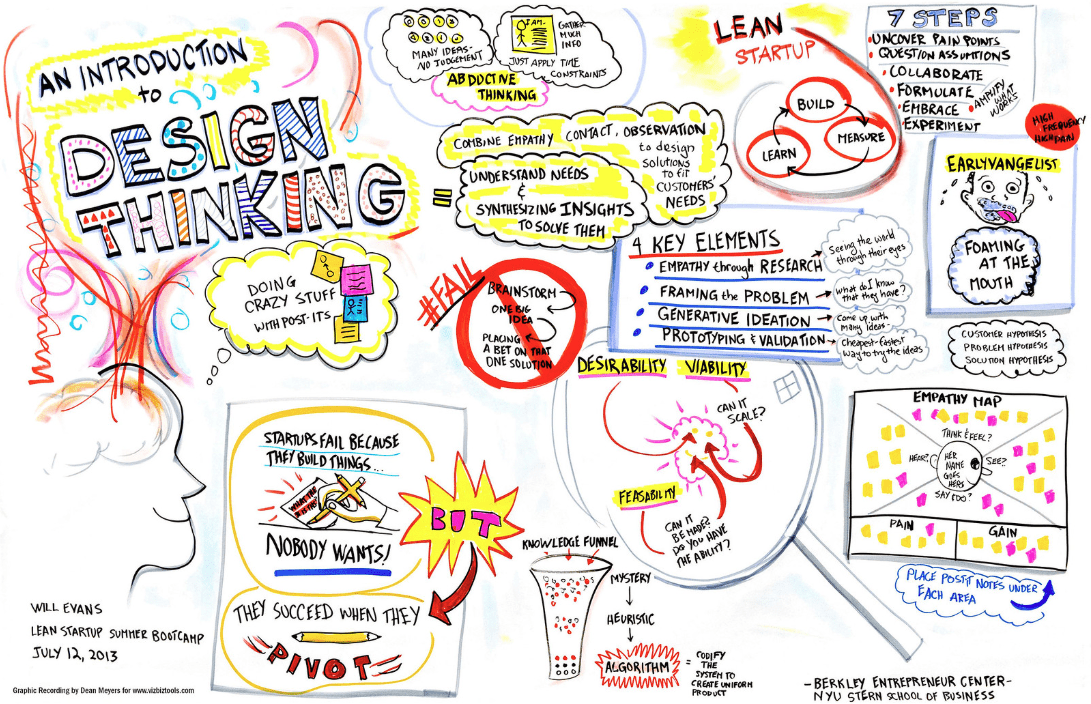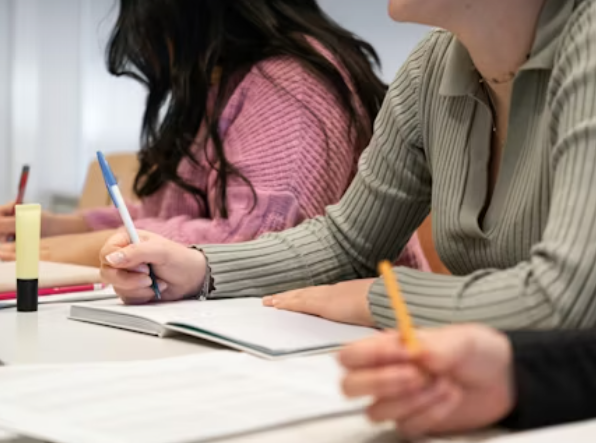
Many classrooms still operate like they did decades ago: passive students, fixed curriculums, and a focus on memorisation over problem-solving. But the world has changed. The challenges today’s learners will face, from climate change to technological disruption, which require creativity, empathy, and critical thinking. That’s where design thinking comes in.
What Is Design Thinking?
Design thinking is a human-centred, iterative approach to problem-solving that values creativity as much as logic. It typically follows five stages: empathise, define, ideate, prototype, and test. Originating in the world of product design, it has since expanded into fields like business, healthcare, and now, education.
In schools, design thinking shifts the focus from delivering content to fostering innovation. It asks: how might we help students think like designers: curious, reflective, and solution-oriented?
From Consumers to Creators: Empowering Student Agency
Traditional models often position students as passive recipients of knowledge. Design thinking flips this dynamic. When students tackle real-world problems, they become active creators. Whether redesigning the school lunch experience or addressing local community issues, they learn by doing, failing, and refining.
This process cultivates a deeper sense of ownership over their learning. It also develops resilience, which is a critical skill in a world where solutions are rarely straightforward.
Building Empathy: The Heart of Good Design
Empathy is the first step in the design thinking process and arguably the most transformative for students. Understanding the needs and perspectives of others is not just good design; it’s good citizenship.
By encouraging students to listen deeply, conduct interviews, and consider diverse viewpoints, schools foster emotional intelligence and social awareness. These skills enhance classroom relationships and prepare students to collaborate across cultures and contexts.
Creativity Meets Rigour: A Structured Path to Innovation
While design thinking may sound open-ended, it provides a clear framework for moving from problem to solution. This balance of structure and freedom allows students to engage creatively without feeling lost.
The iterative cycle also makes learning visible. Mistakes aren’t dead ends; they’re valuable feedback. In this model, failure becomes a tool for growth, encouraging a mindset of experimentation and persistence.
Making Learning Relevant: Real-World Connections
When students apply design thinking, they connect classroom learning with real-world impact. Subjects like science, humanities, and art become means to solve meaningful problems. This integration makes learning more relevant and memorable.
For example, a geography unit might evolve into a community mapping project. A maths lesson might support the prototyping of energy-efficient devices. These interdisciplinary connections not only deepen understanding but also ignite curiosity.
What if the school building itself taught design thinking?
Case Study: Discovery Elementary – Learning Through Sustainability & Design
Location: Arlington, Virginia, USA
This “net-zero” elementary school integrates design thinking directly into both its curriculum and physical environment.
Highlights
- Real-world problem: Discovery Elementary produces more energy than it consumes, thanks to 1,700 solar panels. This enables hands-on learning around sustainability WIRED.
- Interactive learning: Students access data through an energy dashboard that tracks real-time energy generation and usage—bringing math and science to life. They’ve used these insights for tasks like exploring energy patterns and solving fraction problems based on energy usage WIRED.
- Design-thinking in action: Instead of sticking to textbook exercises, learners engage in experiential projects. In the spring of 2018, for instance, all students began participating in sustainability audits—applying design-thinking strategies to identify issues and co-create solutions WIRED+1.
- Creative applications: One project involved designing a sculpture using shapes and colours aimed at attracting pollinators to the school garden—a tangible, empathetic response to an environmental challenge WIRED.
Why It Stands Out
- Empathy and agency: Students take ownership of real environmental issues—transforming abstract data into meaningful change.
- Cross-disciplinary learning: Data science, environmental studies, art, and design merge through iterative, reflective processes.
- Infrastructure as curriculum: Rather than being static, the school building itself fosters inquiry, with green features that double as learning tools.
Challenges and Considerations
Bringing design thinking into schools isn’t without challenges. It requires shifts in mindset, assessment, and often curriculum structures. Teachers need support and time to adapt. Not all schools have the flexibility or resources to fully embrace this approach.
However, even small steps like using design thinking for a class project or redesigning a school space with student input can make a significant difference.
Concluding Thoughts…
Schools must do more than impart knowledge nowadays; they must cultivate thinkers, makers, and empathetic leaders. Design thinking offers a path to do just that. By embedding it into education, we give students tools not just to navigate the future, but to shape it.
Reflective Prompts
- What problems in your school or community could be opportunities for student-led design thinking projects?
- How might education look different if we valued creativity and empathy as much as test scores?
- How could the architecture or environment of your school inspire design-led learning?




